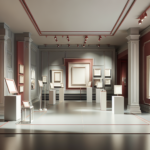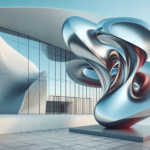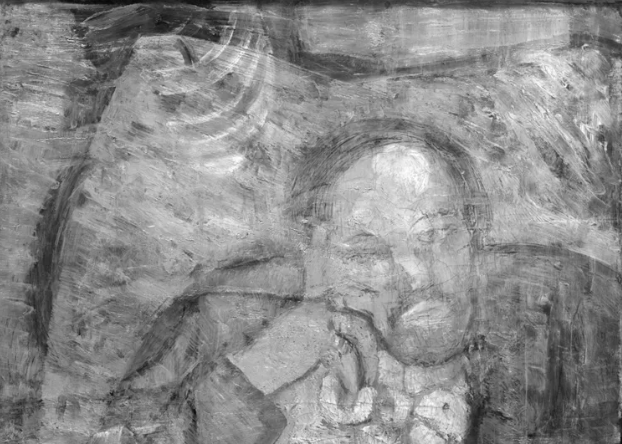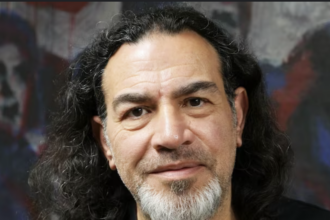A hidden Picasso painting from the early Blue Period has been revealed by new technology at the Courtauld Institute of Art in London. The 1901 painting, titled “Portrait of Mateu Fernández de Soto,” portrays Picasso’s friend and fellow Spanish artist. Advanced X-ray and infrared imaging uncovered a portrait of a woman beneath the image of Soto.
Experts estimate this underlying portrait was created a few months before the final piece. There are several theories for the presence of this unidentified woman. One possibility is Picasso’s financial need to reuse canvases during that time.
He was also known to layer his works instead of whitewashing a canvas to start fresh. As for the identity of the woman, further research may eventually shed light on who she is. Museum curators currently have no definitive answers, but they speculate that she could have been a model, a friend, or possibly even a lover who posed for Picasso.
Her posture and style resemble those found in several other works depicting seated women that Picasso created in the same year.
Picasso’s hidden layers uncovered
Researchers theorize there might even be more layers hidden beneath her image.
“We have long suspected another painting lay behind the portrait of de Soto because the surface of the work has tell-tale marks and textures of something below,” explained Barnaby Wright, head of the Courtauld Gallery. “Now we know that this is the figure of a woman. You can even start to make out her shape just by looking at the painting with the naked eye.”
The discovery comes ahead of the painting’s inclusion in the upcoming exhibition “Goya to Impressionism: Masterpieces from the Oskar Reinhart Collection,” opening at the Courtauld Gallery on February 14.
Painted when Picasso was only 19, this artwork marks one of the earliest pieces from his renowned Blue Period, which lasted until roughly 1904 and was characterized by a monochromatic palette dominated by cool cerulean tones. At the time, Picasso was only just beginning to develop his somber Blue Period style, partly a reflection of his mood following the suicide of his friend, Carlos Casagemas, at the start of 1901. Picasso took over Casagemas’ old rooms in Paris and established a studio there, which he shared with de Soto.
“Picasso’s way of working to transform one image into another and to be a stylistic shapeshifter would become a defining feature of his art,” according to Wright. This ability “helped to make him one of the giant figures of art history. All that begins with a painting like this.”
The exhibition “Goya to Impressionism: Masterpieces from the Oskar Reinhart Collection,” running this February, will include several works from the Oskar Reinhart Collection that have never been shown outside of Switzerland, including paintings by Goya, Renoir, Cézanne, and Van Gogh.















